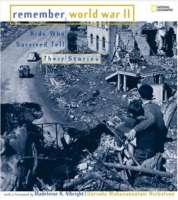
Remember World War II: Kids Who Survived Tell Their Stories is told from three different perspectives: the war in Europe, in the Pacific, and the U.S.
Nonfiction genre

Remember World War II: Kids Who Survived Tell Their Stories is told from three different perspectives: the war in Europe, in the Pacific, and the U.S.
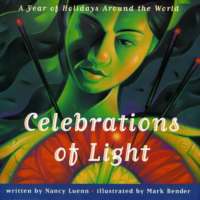
Long ago, people found a way to light the darkness. They built fires to keep warm and cook their food. They lit torches to drive away danger. To help them see at night, they learned to make candles and lanterns. Light was so important in their lives that they came to use it in worship and in celebrations. From a Brazilian New Year’s celebration to the African-American holiday of Kwanzaa, Celebrations of Light circles the year and the globe. The text and paintings highlight twelve festivals, showing the diverse ways in which people around the world use light as a major part of their celebrations. In each of these holidays, light plays a significant role, marking and brightening special days.
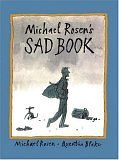
With unmitigated honesty, a touch of humor, and sensitive illustrations by Quentin Blake, Michael Rosen explores the experience of sadness in a way that resonates with everyone. “Sometimes I’m sad and I don’t know why. It’s just a cloud that comes along and covers me up. Sad things happen to everyone, and sometimes people feel sad for no reason at all.” What makes Michael Rosen sad is thinking about his son, Eddie, who died suddenly at the age of eighteen. In this book the author writes about his sadness, how it affects him, and some of the things he does to cope with it—like telling himself that everyone has sad stuff (not just him) and trying every day to do something he can be proud of. Expressively illustrated by the extraordinary Quentin Blake, this is a very personal story that speaks to everyone, from children to parents to grandparents, teachers to grief counselors. Whether or not you have known what it’s like to feel deeply sad, the truth of this book will surely touch you.
Boston Globe-Horn Book Honors
This book provides comprehensive information on the geography, history, governmental structure, economy, cultural diversity, peoples, religion, and culture of Mali in Africa.
Based on a Medieval Book of Hours, this book describes the monthly activities of rural peasants in England during the Middle Ages. Rhyming couplets banner the top of each page while a paragraph for each month elaborates on the daily chores, showing the round of seasons in the farm year.
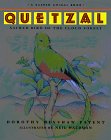
Dorothy Patent explores the many facets of this shimmering bird, from its illustrious past to its life cycle and daily existence in the wild. Accompanied by Neil Waldman’s luminous illustrations, this unique survey book examines an endangered animal that has a powerful symbolic meaning to a culture.
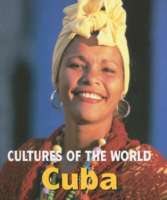
This book explores the geography, history, government, economy, people, and culture of Cuba.
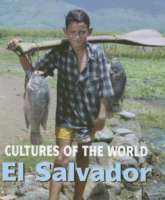
“Explores the geography, history, government, economy, people, and culture of El Salvador”–Provided by publisher.
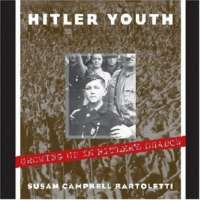
“I begin with the young. We older ones are used up . . . But my magnificent youngsters! Look at these men and boys! What material! With them, I can create a new world.” –Adolf Hitler, Nuremberg 1933 By the time Hitler became Chancellor of Germany in 1933, 3.5 million children belonged to the Hitler Youth. It would become the largest youth group in history. Susan Campbell Bartoletti explores how Hitler gained the loyalty, trust, and passion of so many of Germany’s young people. Her research includes telling interviews with surviving Hitler Youth members.
Provides comprehensive information on the geography, history, wildlife, governmental structure, economy, cultural diversity, peoples, religion, and culture of Tahiti.